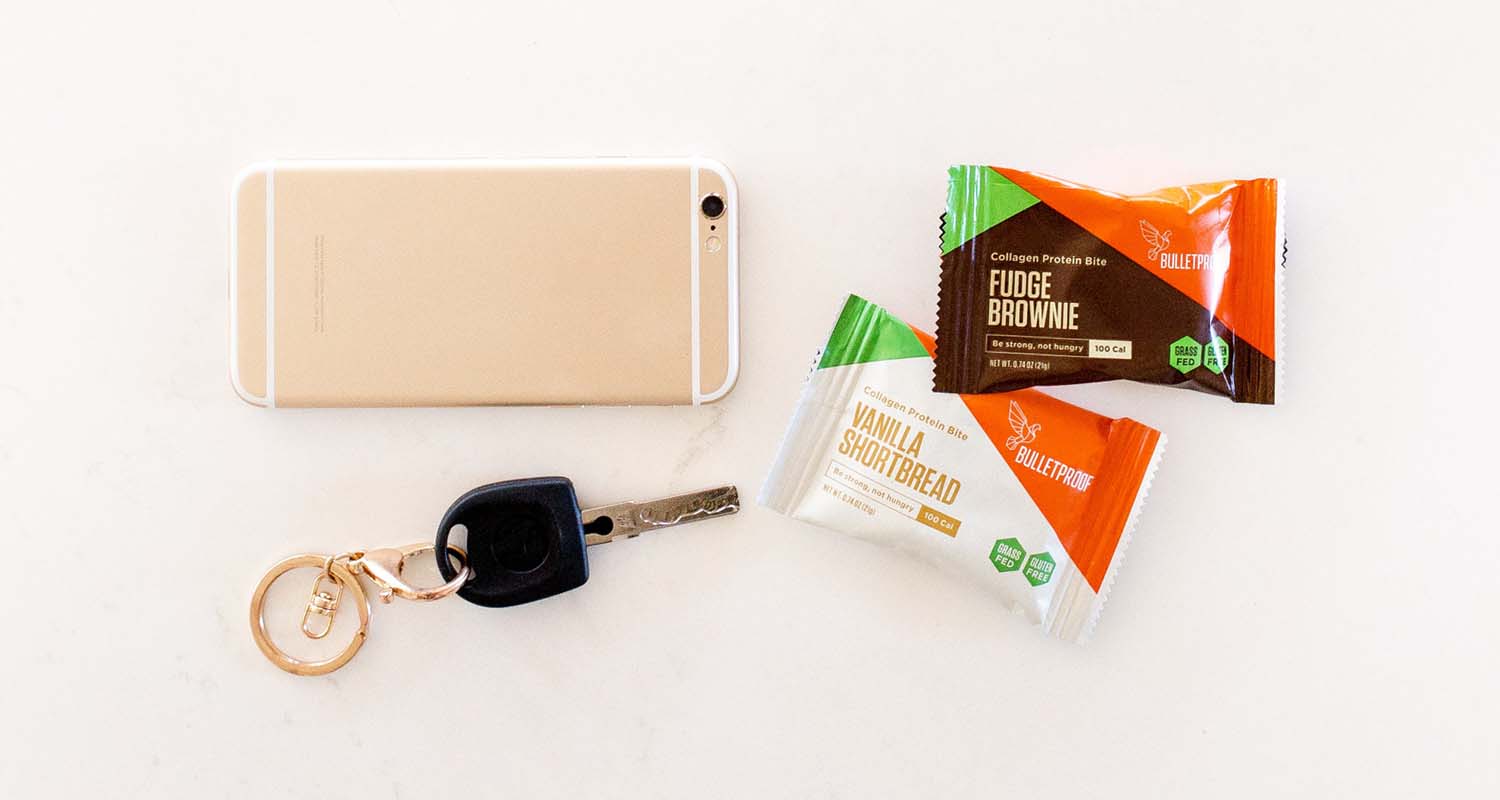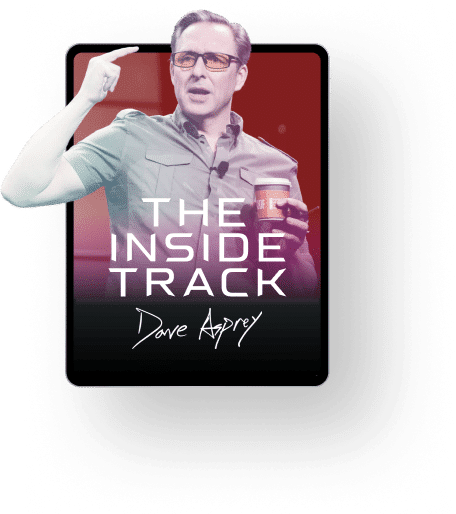What if you can rid yourself of stress, anxiety, depression, all kinds of psychological issues just by tapping yourself with a finger… Worth a try right?
In this episode of Bulletproof Radio, Dave sits down with Emotional Freedom Technique expert Dawson Church, PhD, live in Hawaii…
Dawson is the author of Genie in Your Genes a book on understanding of how your emotions affect your genetic expression, as well as a new book, Mind to Matter.
Plus Dawson leads Dave Asprey through an EFT session on the podcast! If you have ever wanted to learn more about EFT Tapping (and how to try it on your own), this episode is for you!
Enjoy the show!
Follow along with the Transcript
Tap into Tapping With Dawson Church # 474
Links/Resources for Dawson Church
Show Notes
- What is Emotional Freedom Technique, also known as “tapping?”
- Is tapping crazy or does it work? What is the science behind it?
- “So if you’re listening to this, and you’ve never heard of tapping, it’s the idea that you can tap at a certain frequency on certain parts of your body, and that your body will somehow shift as a result of that. Sounds super crazy, except there’s some science on this. Dawson, tell me what is tapping, and why does this have any effect? What would you use it for?
- Dawson on Tapping.”It works super well for most kinds of stress-related issues. Even in physiological problems like pain, fibromyalgia, psoriasis, and other kinds of physical things, there’s a big element of stress, and so there’s a lot of evidence showing that it works, and how it works, why it works is simply is tapping is acupressure.”
- A brief example of how it works. “And you when you pair that traumatic cue with a soothing cue like acupressure, then that tells the limbic system that that memory is not a threat your survival in the here and now.” -Dawson.
- How to do tapping to yourself.
- Go check out “Headstrong” and “The Bulletproof Diet” on Amazon and leave a review!
- If you like today’s episode, check us out on Apple Podcasts at Bulletproof.com/iTunes and leave us a 5-star, positive review
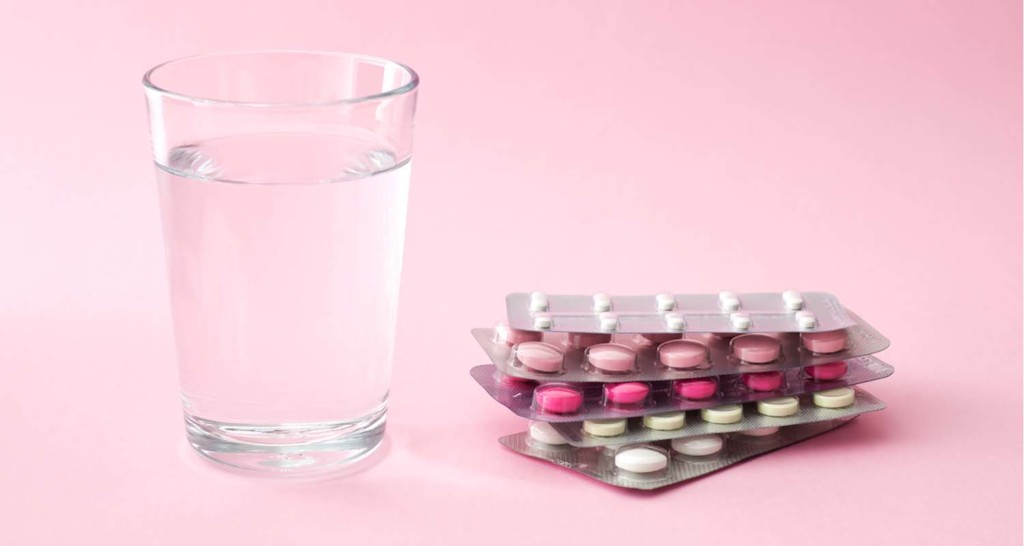


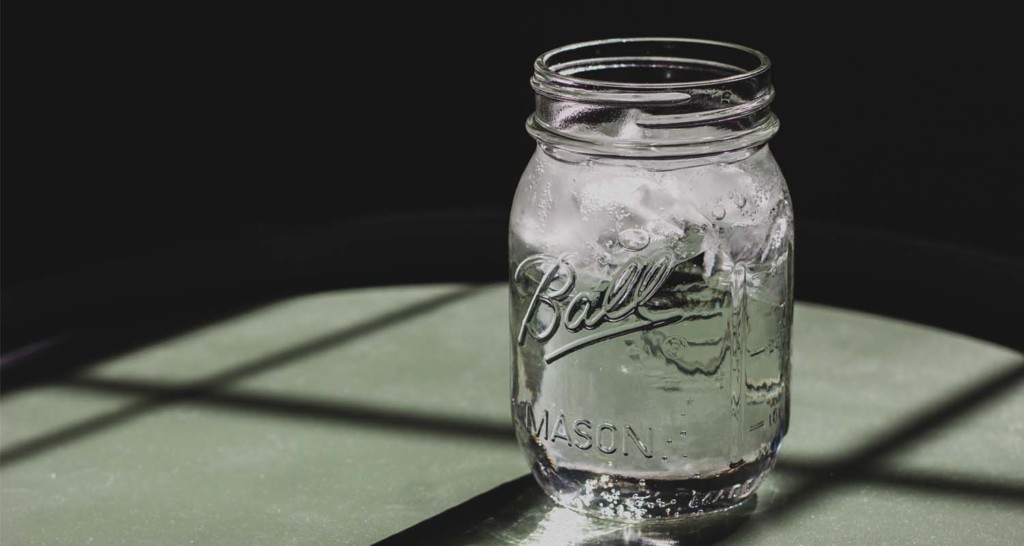
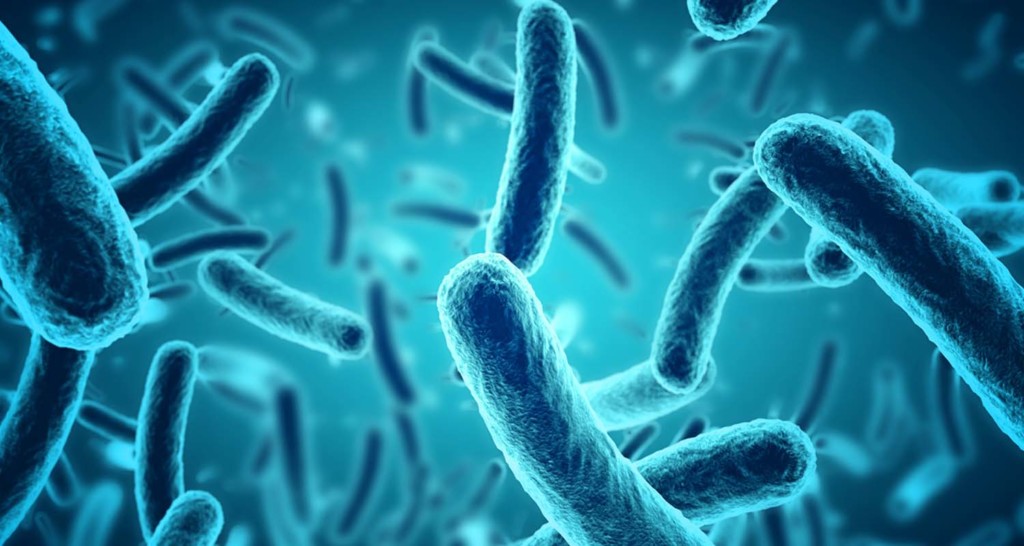

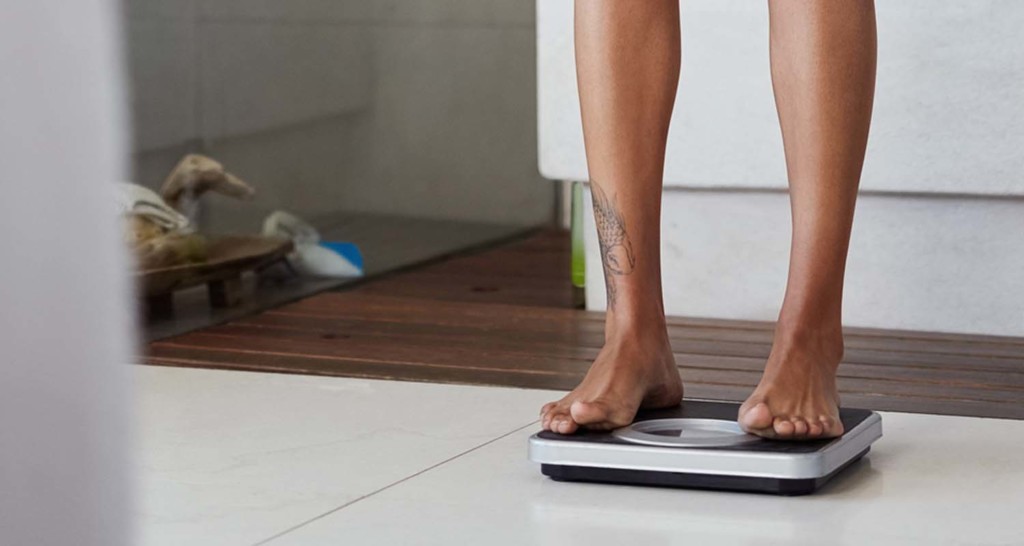
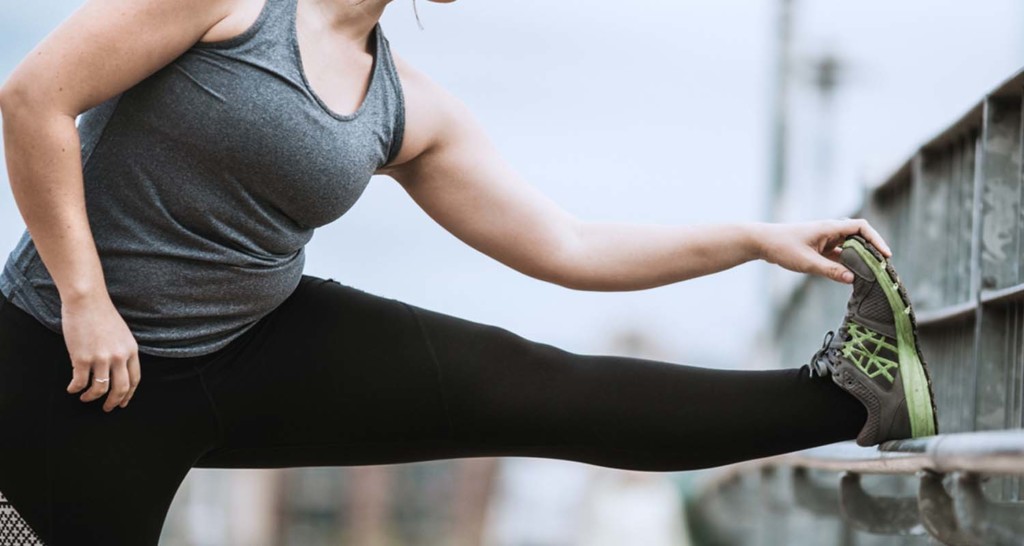
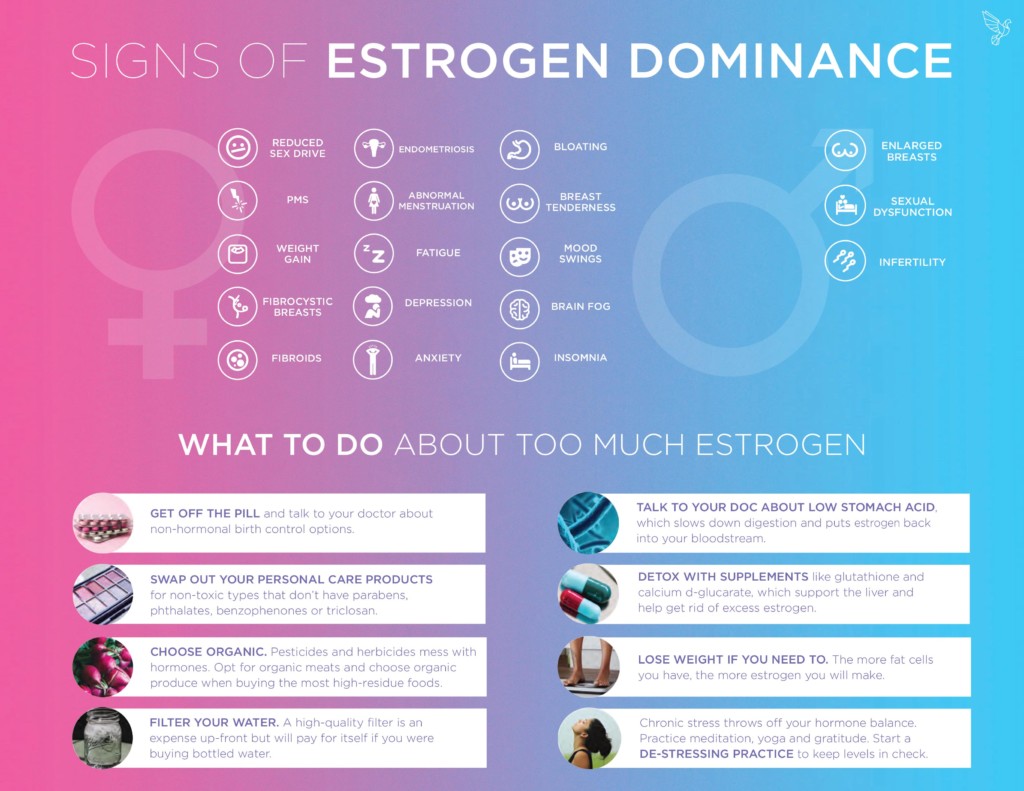
 The benefits of decluttering go way beyond making your home look like a Pinterest board. Achieving an organized, home, office, or car greatly reduces stress in your life — imagine always knowing where to find your keys! A study published in The Personality and Social Psychology Bulletin found that women who considered their homes more cluttered or unfinished felt more depressed and had higher levels of cortisol than women who described their homes as more restful.[ref url=”http://journals.sagepub.com/doi/10.1177/0146167209352864″]
The benefits of decluttering go way beyond making your home look like a Pinterest board. Achieving an organized, home, office, or car greatly reduces stress in your life — imagine always knowing where to find your keys! A study published in The Personality and Social Psychology Bulletin found that women who considered their homes more cluttered or unfinished felt more depressed and had higher levels of cortisol than women who described their homes as more restful.[ref url=”http://journals.sagepub.com/doi/10.1177/0146167209352864″] Everyone has a different clutter battle: those books you haven’t opened since college, that leaning tower of papers by the computer, or the maze of abandoned motorcycle parts taking over the garage. Over time, the objects you bring into your life can start to overwhelm.
Everyone has a different clutter battle: those books you haven’t opened since college, that leaning tower of papers by the computer, or the maze of abandoned motorcycle parts taking over the garage. Over time, the objects you bring into your life can start to overwhelm. Dr. Gerald Nestadt, director of the Johns Hopkins OCD clinic, recommends making decisions immediately, before clutter can take root. “If you pick something up, make a decision then and there about it, and either put it where it belongs or discard it. Don’t fall into the trap of moving things from one pile to another again and again.”[ref url=”https://www.hopkinsmedicine.org/psychiatry/about/publications/index.html”]
Dr. Gerald Nestadt, director of the Johns Hopkins OCD clinic, recommends making decisions immediately, before clutter can take root. “If you pick something up, make a decision then and there about it, and either put it where it belongs or discard it. Don’t fall into the trap of moving things from one pile to another again and again.”[ref url=”https://www.hopkinsmedicine.org/psychiatry/about/publications/index.html”] Mental to-do lists, packed calendars, and tempting distractions make your schedule feel as chaotic as your closet. Don’t be afraid to cut out or set restrictions on activities that no longer add value to your life.
Mental to-do lists, packed calendars, and tempting distractions make your schedule feel as chaotic as your closet. Don’t be afraid to cut out or set restrictions on activities that no longer add value to your life.